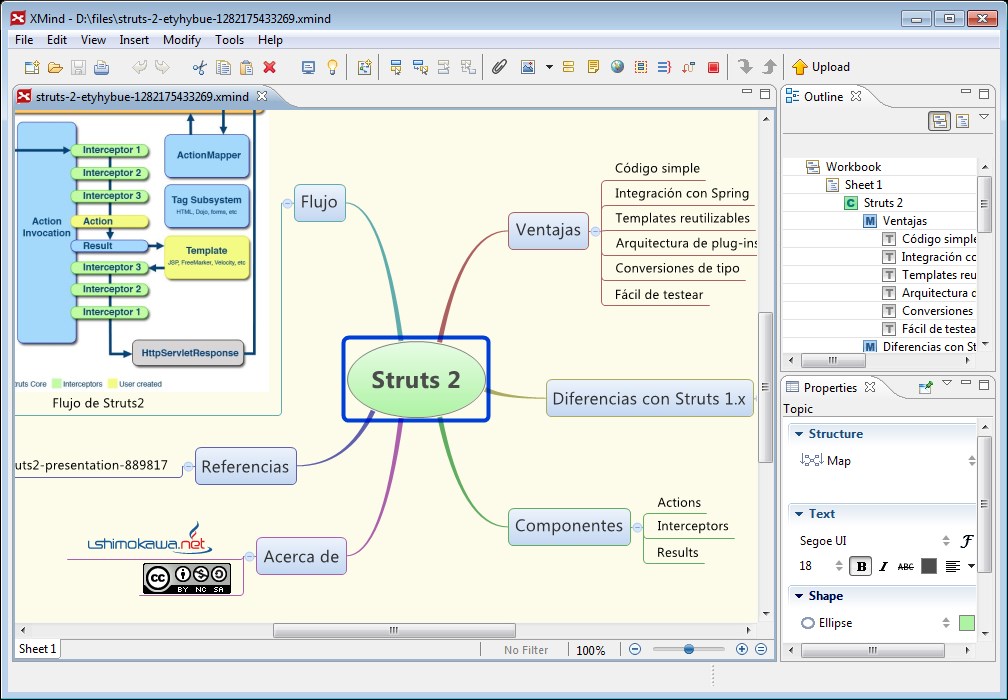
It works really well and doesn’t get in the way. A notable exception here is BibDesk, especially if you’re in the life sciences. There are programs that provide frontends for these text files, and they’re mostly ugly and terrible. This puts even the old two-pass compilers to shame, but that’s how bibTeX works. It uses a plain text file with a very simple (and brittle) format for all its data, and you have to run LaTeX three times to make sure all references are really correct. And it’s almost as old, having been released in 1985. As the name suggests, it works with (La)TeX. Any time you’d add or remove one, you had to do it over again. In the old days, putting your references together was a ton of work: you had to collect them in one place, keep the list updated when you wanted to add or remove one, then sort and format them, and maybe turn the placeholder references in the paper text into numbers. Great fun when this happens right before a deadline. All you can do is add or remove text so the column boundary falls differently. The new packages that insert links into the bibliography are great, except when the link breaks over a column boundary, which causes an error that you can’t avoid. And the list goes on.Īnd then there are the errors you can’t even fix directly. Want to move a figure? Spend 15 minutes moving the figure block around in the text and hope there’s a place where it’ll fall where you want it. Forgot a closing brace? Too bad, you’ll have to find it by scanning through the entire document manually, even though TeX’s parser could easily tell you if it had been updated in the last 20 years. Need a reference inside a figure caption? Better know what \protect does, or the 1970s-era parser will yell at you. While a lot of work has been done to keep it from falling behind entirely (just be thankful that you can create PDFs directly without even having to know what a dvi file is, or how bad embedded bitmap fonts were), there are also tons of issues. These are some of the oldest programs still in widespread use, and LaTeX isn’t getting anywhere near the development resources Word does. LaTeX made its debut in 1984, over 30 years ago. TeX, which is the basic typesetting system LaTeX is based on, was released in 1978 – almost 40 years ago. It is also starting to seriously show its age. LaTeX certainly doesn’t have the issues Word has, but it has its own set of problems that make it only marginally better (if at all). We all know that you write serious papers in LaTeX, right? Any self-respecting computer scientist composes his formula-laden treatises in the only program that can insert negative spaces exactly where you need them. I generally like Pages, but its lack of integration with a citation manager (other than the godawful Endnote) makes it a no-go. I have tried alternatives, but they are universally worse. In trying to be everything to everybody, Word does many things very, very poorly. Just how poorly integrated some of Word’s features are becomes apparent when you try to add comments to a figure inside a text box (you can’t) or replace the spaces before the square brackets inserted by a citation manager with non-breaking ones (Word replaces the entire citation rather than just the opening bracket, even though only the bracket matches the search). Placing and moving figures is problematic to say the least. Even simple things like figure captions and references are broken in interesting ways. Word has a long history ( it was first released in 1983, over 30 years ago), and carries an enormous amount of baggage. Especially for a program that has been around for so long and is used by millions of people every day. But that it’s possible for me to delete something I can’t see and thus screw up my entire document has to be some sort of cruel joke. That may be the case, I really do not care.

People on Twitter tell me that Word stores formatting information in invisible characters at the end of paragraphs. Now the last page is gone, but the entire document was also just switched from a two-column layout to a single column. So I select the entire line after the last paragraph and delete that. It doesn’t get deleted, or it comes back, or I don’t know what. Easy, just delete the space that surely must be there, right? No, deleting the space does nothing. Among some other minor edits on the final version of a paper, I tried to get rid of the blank page after the last one. The impetus for this posting came from yet another experience with one of the most widely used programs in the world.
#DOCEAR VS ZOTERO 2016 SOFTWARE#
How is it possible that this fairly straightforward category of software is so outdated and awful? Microsoft Word Whether it’s writing or citation management, there are countless issues and annoyances.

The tools of the trade for academics and others who write research papers are among the worst software has to offer.


 0 kommentar(er)
0 kommentar(er)
